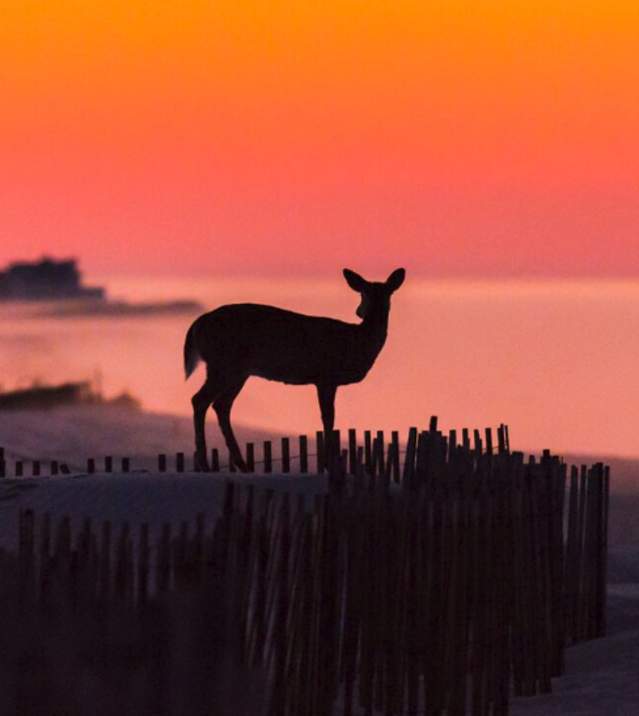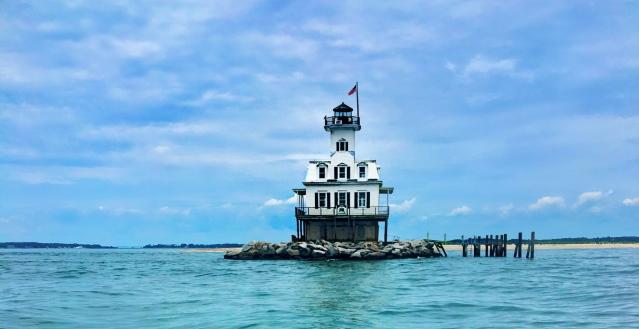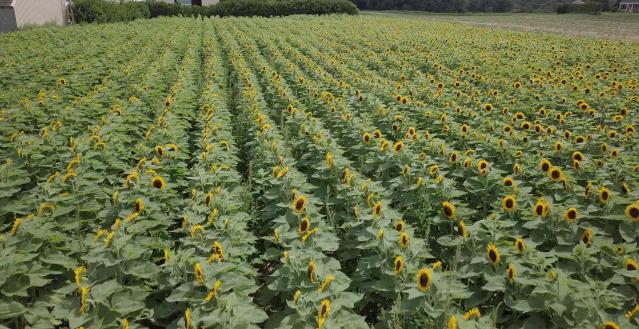Wildlife Refuges
Naturalists will thrive when they visit Long Island. Explore Suffolk County’s local wildlife as you make your way through the region’s wetlands and woods. Our diverse ecosystems are home to several animals from deer to river otters and a plethora of birds. The region hosts a number of National Wildlife Refuges that help educate visitors and preserve the livelihood of threatened and endangered species. These National Wildlife Refuges can be visited at:
Amagansett National Wildlife Refuge
Amagansett (36acres)
290 Bluff Road, Amagansett, NY, 11930
Phone: (631) 286-0485
Elizabeth A. Morton National Wildlife Refuge
Sag Harbor (187 acres)
2595 Noyack Road, Sag Harbor, NY 11963
Phone: (631) 725-7598
Sayville National Wildlife Refuge
West Sayville (127 acres)
Red Rock Lane, Oakdale, NY 11769
Phone: (631) 918-2776
Seatuck National Wildlife Refuge
Islip (196 acres)
500 St. Marks Lane, Islip, NY 11751
Phone: (631) 286-0485
Target Rock National Wildlife Refuge /Rock National Wildlife Refuge
Lloyd Neck (80 acres)
12 Target Rock Road Huntington, Lloyd Harbor, NY 11743
Phone: (631) 286-0485
Wertheim National Wildlife Refuge
Shirley (2,550 acres)
340 Smith Road, Shirley, NY 11967
Phone: (631) 286-0485
Additional Wildlife Resources
Suffolk County also boasts parks, preserves and arboretums where visitors can view local wildlife in their natural habitats. The Fire Island National Seashore and Robert Moses State Park offer optimal bird watching views due to their location on the Atlantic migratory flyway. Visit Connetquot River State Park for a chance to see bats and flying squirrels hidden amongst the trees. Head over to Nissequogue River State Park to see beautiful red foxes and slow-moving turtles. Bayard Cutting Arboretum is surrounded by tall trees, the Connetquot River and flourishing flowers which makes for a diverse wildlife population for you to observe. Naturalists can set out to the Pine Barrens, Quogue Village Wetlands Preserve and Sunken Meadow State Park to see how conservation efforts have proven successful for species like the Piping Plover.



